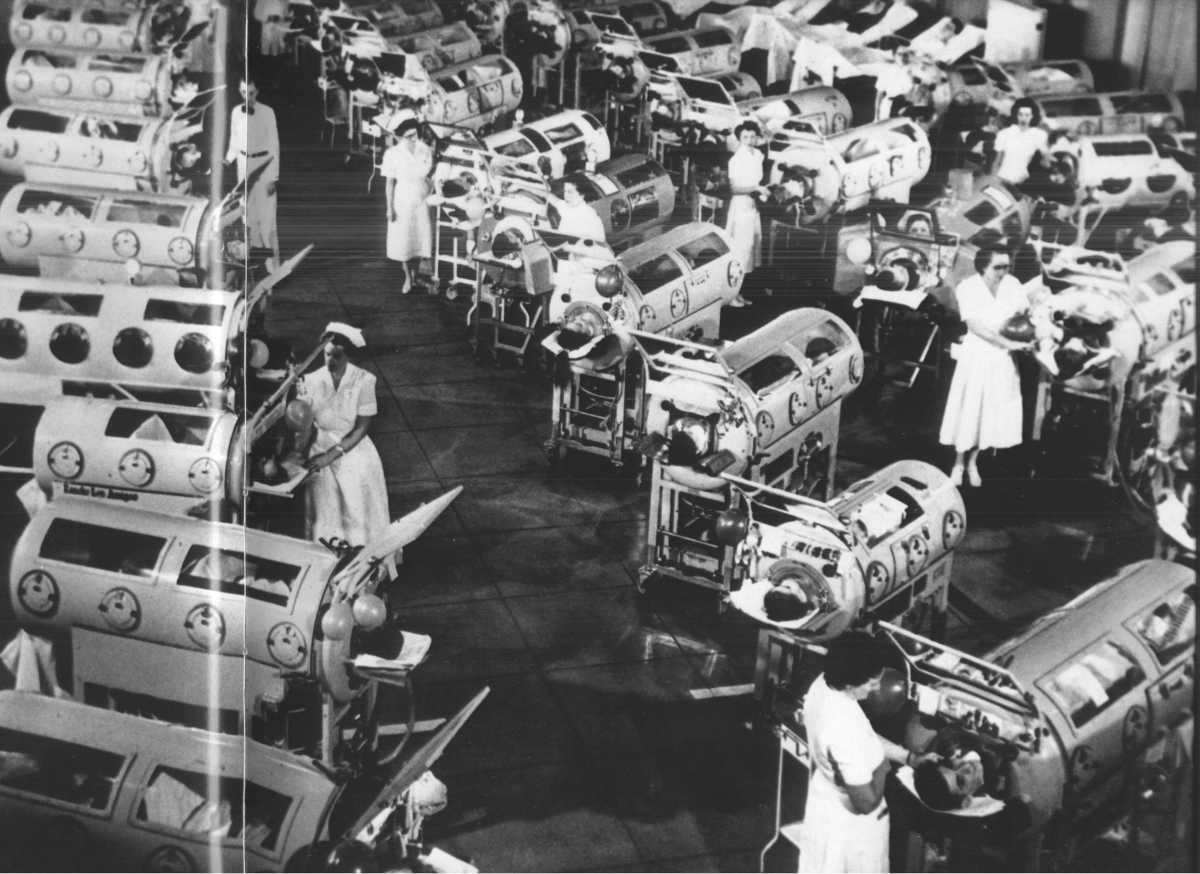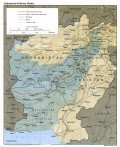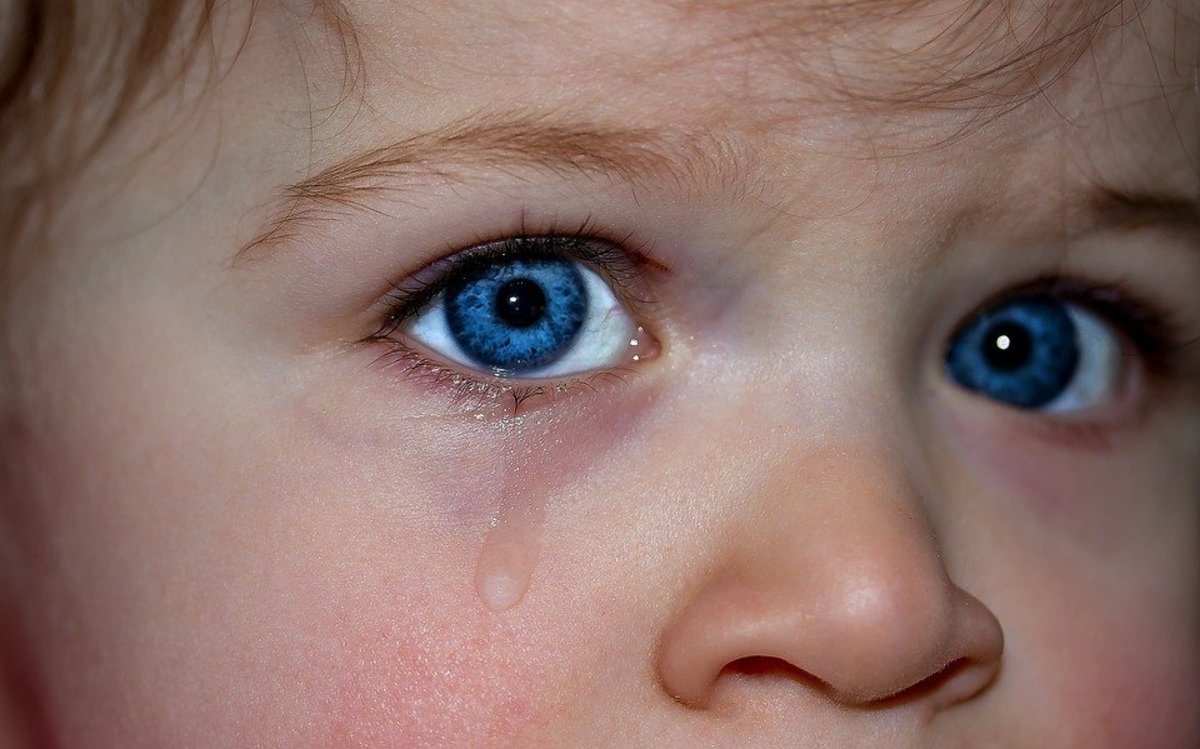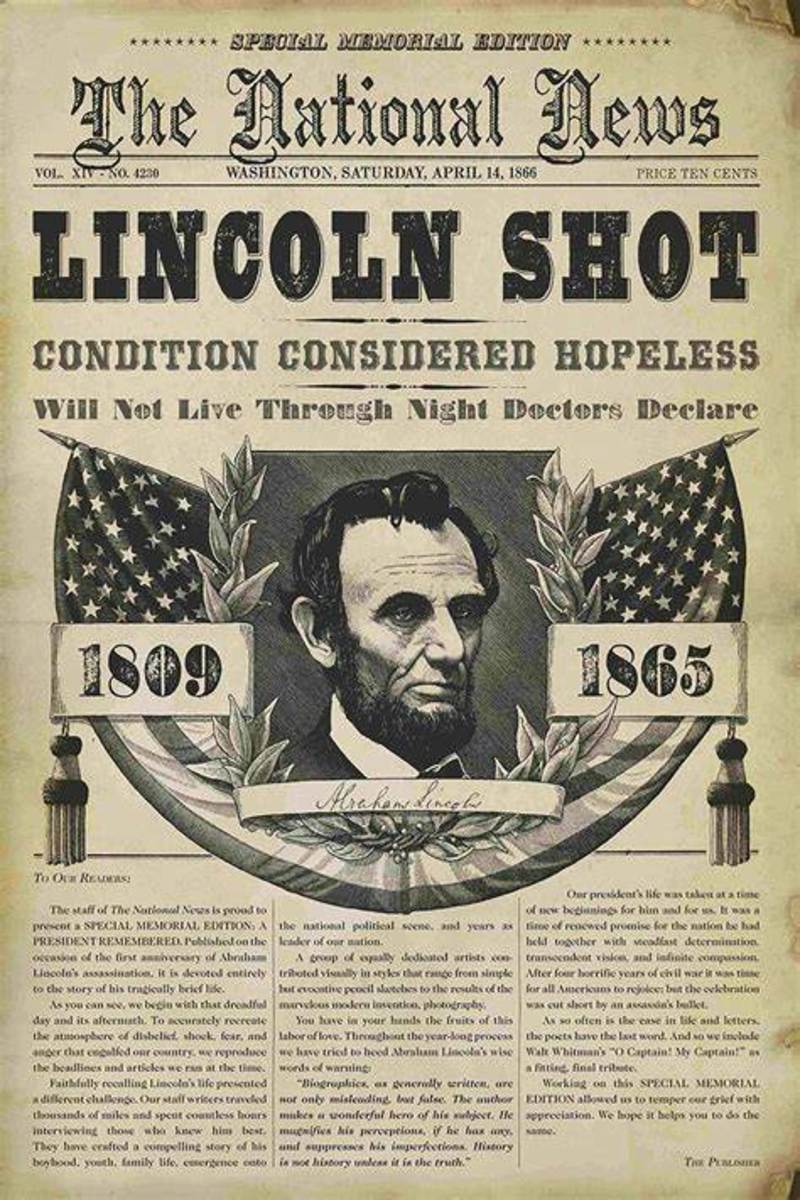Why the Final Trial of Salk Polio Vaccine on American Children Was a Trial by Itself
Launching of polio vaccination in Chicago, USA in 1955 (Photo from Mononucleosis and other Infectious Diseases. 1989)
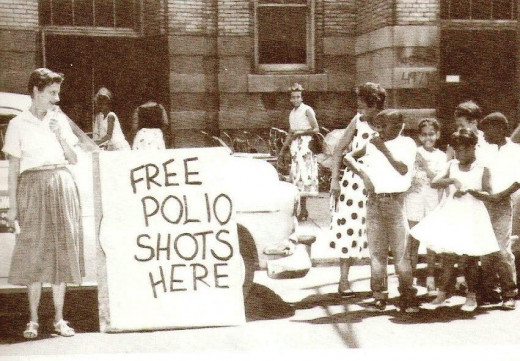
A mischievous broadcaster and Theiler's disease almost stopped last trial of Salk Polio vaccine
By Conrado D. Fontanilla
Some 1.8 million children were scheduled to take the last shot of the Salk polio vaccine in the final stage of trial on humans on April 26,1954. If this trial were successful, the Salk vaccine would solve the polio epidemic scouring the United States since 1916.
Around the country, American children in 14,000 schools will take one shot each. In New York alone some 14,233 pupils were enrolled to give their share in the conquest of polio.
In the latest infantile paralysis season, April to November, of 1953 some 35,592 polio cases were recorded. That was a bit less compared with the toll of 57,879 reported for 1952. But these were cold statistics.
What if you were struck with polio that left your arms or legs wasted, meaning paralyzed from the waist down? Most Americans did not have to imagine because the polio menace was real. For example, their president from 1933 to 1945 showed them that. Former president of the United States, Franklin Delano Roosevelt was afflicted with polio in 1921 and never recovered the function of his legs since. He could walk with crutches; sometimes he fell with a big thud as he was a big man. When he spoke at the podium, two men had to prop him up to stand. When he spoke before Congress and to the nation near the middle of March 1945 to report that World War II was about to be won by the Allies he did so on a wheelchair.
He did not live to see, let alone benefit, from the fruit of polio control research the foundation he had initiated would soon reap. He died of hemorrhagic stroke on April 12,1945 in Warm Springs, a spa he rehabilitated with Basil O’Connor, a former partner in law practice before he became senator of New York, for the rehabilitation of polio victims. As president he proclaimed the National Foundation for Infantile Paralysis (NFIP) into being on September 23,1937. NFIP gave the financial support to the polio vaccine research of Dr. Jonas E. Salk done in the laboratories of University of Pittsburgh.
Two events stood in the way of the scheduled large-scale trial on humans, or rather, American children.
Rumor through radio broadcast
“Good evening, Mr. and Mrs. America and all the ships at sea. Attention everyone. In a few moments I will report on a new polio vaccine – it may be a killer.”
That was the opening salvo of a broadcast on April 4, 1954, Sunday night, by Walter Winchell (Kluger, J. Splendid Solution, Jonas Salk and the Conquest of Polio. 2004:264). Winchell continued:
“Attention all doctors and families. The National Foundation for Infantile Paralysis plans to inoculate one million children this month. The U.S. Public Health Service tested ten batches of this new vaccine. They found, I am told, that seven of the ten contained live – not dead – virus. That it killed seven monkeys. The name of the vaccine is the Salk vaccine. The Michigan State Medical Society has refused approval. The polio foundation is trying to kill this story, but the U.S. Public Health Service will confirm it in about ten days. Why wait ten days?”
A public relations professional, if he were on the side of NFIP, knows that Winchell’s broadcast is a challenge to his skills in damage control. NFIP issued a press release within the hour:
“Any product that contains live poliovirus is not the product developed by Dr. Jonas E. Salk…
“A number of batches which failed to pass the required tests were eliminated by that testing. This demonstrates the validity of those tests and the safety they assure the public.”
Dr. Salk joined in:
‘There is no possibility that live virus could have been contained in any inoculations given any children. All vaccine used has been tested and found to be completely safe.”
Within a few days 150,000 children were pulled out from the polio trial. A scramble ensued to recruit replacements. Reporters shadowed Dr. Salk during his off hours.
Winchell returned the next week saying that thousands of coffins had been stockpiled waiting for the corpses of children killed by shots of vaccine.
Winchell’s potshots enraged Bill Kirkpatrick who “had become the first of the paralyzed children at the D.T. Watson Home to receive Salk’s vaccine. Though the inoculation could never do anything for his own illness, he’d been pleased to have played some role in the work” (Kluger). He fired a letter to Winchell through the New York Daily Mirror.
From the Mirror offices came a reply:
“’Dear Mr. Kirkpatrick…
‘Thank you for writing. I am glad you are walking without braces thanks to God and Dr. Salk’s vaccine. I never said I objected to it. I was requested by several medical groups to do so. I didn’t report rumors. Everything I said was confirmed by the United States Department of Health. Good wishes, Walter Winchell’” (Kluger, page 268).
Aside from pressure groups, Winchell failed to see the tail of the story. The vaccine responsible for the death of monkeys had been found (due to errors in manufacture) and corrected which means that the safeguards worked.
O’Connor, president of NFIP, whom Roosevelt had left to take care of his legacy on polio, thought that if the nation would be spared of the polio scourge the next season in 1955, the trial should now proceed without delay. He had two more meetings to call to clear the way. One was called on April 24,1953. As he was about to gavel the meeting to conclusion he asked for any last comment. William Workman of the National Institutes of Health raised his hand and took the floor.
Misdiagnosis
Workman rolled a slide show of sickened mice. “They limped as they walked, they dragged their rear legs, they sat stationary when they were too exhausted to move anymore. Ultimately, they fell on their sides, struggled for breath, and died. Every one of them had been injected with Jonas Salk’s polio vaccine.” (Kluger, page 271).
The mice were not sick of polio, commented David Bodian, who was invited to the meeting. Bodian made “himself one of the world’s most practiced diagnosticians of spinal illness in both humans and animals.” He said the mice were sick of Theiler’s disease that looks like polio. Theiler’s disease is not related to polio, he added.
When nobody, including Workman, contested Bodian’s diagnosis, O’Connor gaveled the meeting closed. The results were to be taken up in the next meeting of the Vaccine Advisory Committee.
The seven members of this committee were: “Tom Rivers, Joseph Smadel, Norman Topping, Thomas Turner, David Price, Ernest Stebbins, and Tom Murdock….” Basil O’Connor was presiding officer. This committee was to decide whether to continue with the large-scale final trial of Salk vaccine for polio or not.
After some deliberations, O’Connor asked who was in favor of continuing with the trial. Seven hands were raised. The final trial of Salk polio vaccine on humans went through, starting on April 26,1954.
Results were announced in the 10th anniversary of the death of President Roosevelt on April 12,1955. The tally of the final trial on human beings (American children): 68 percent effective against Type I polio; 100 percent effective against Type II polio; and 92 percent effective against Type III polio.
The Salk killed-virus polio vaccine was launched in 1955 to eradicate polio in the United States and the world. In years 1999 and 2000, no polio cases were recorded in the United States. In 2003, some 700 cases were reported for the world, about one-third occurred in India, Nigeria and Pakistan.
The labors and intellectual inputs of Dr. Salk and his team in six years would have gone to waste had the rumors and detractors succeeded in blocking the final trial of polio vaccine. Worse, the toll of polio would have ballooned further, agony and deaths exacerbated.

